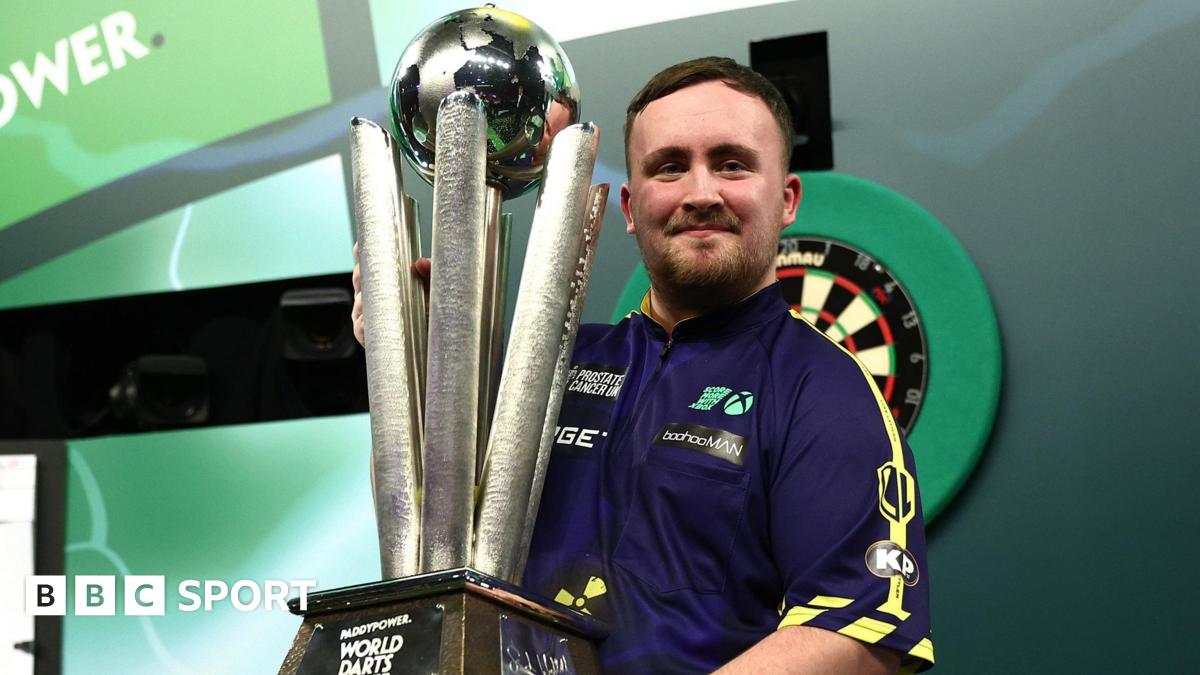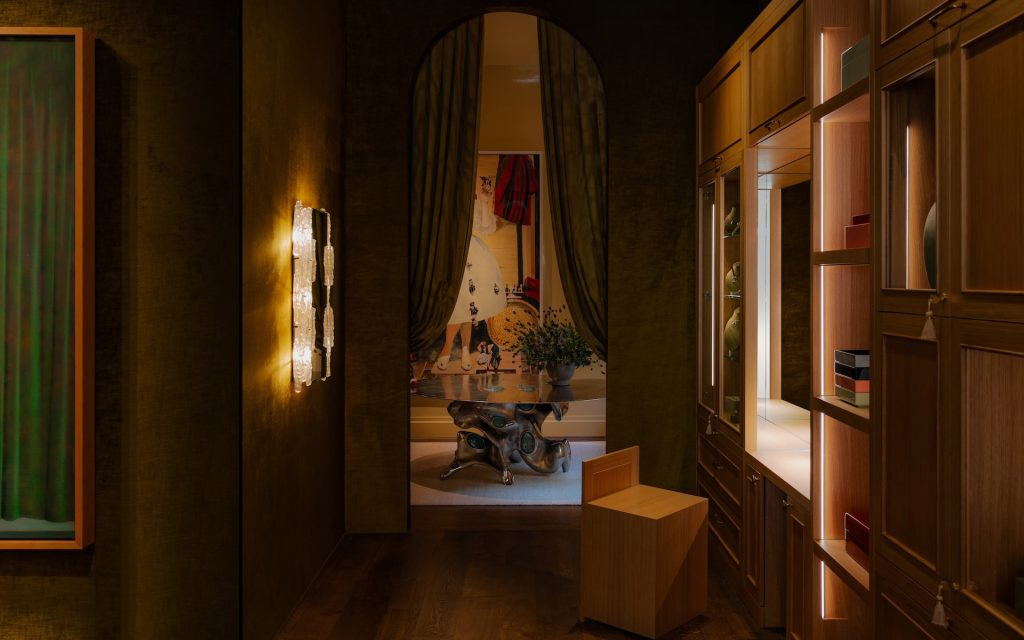The biggest problem with Sony’s PSVR 2 virtual reality headset is the dearth of games. I’d hoped Sony’s PC adapter would change that. The chance to play Half-Life: Alyx, the best VR game made yet, seemed like reason enough for existing owners to justify the $60 adapter purchase.
Tech
Good luck with the PlayStation VR2 PC Adapter — you’ll need it
/cdn.vox-cdn.com/uploads/chorus_asset/file/25566073/psvr_2_pc_adapter_sean_hollister_the_verge_1_1_EDIT.jpg)
But I can’t currently recommend Sony’s PC adapter. If I had purchased it with my own money, rather than borrowing one from Sony, I’d have asked for a refund long before now.
It’s a shame, because the $550 PSVR 2 is still a good headset, with image quality that arguably beats the newer $500 Meta Quest 3. Playing Half-Life: Alyx inside Sony’s headset isn’t just more vibrant thanks to the richer colors of its OLED screen; it’s more thrilling, too, with the panel’s true blacks making me feel the terror of its darker corridors. The Quest 3 experience looks incredibly washed out by comparison.
But what really scared me in Half-Life: Alyx was the damned glitch. How — when I lift my pistol to deal with an unspeakable horror — I’d often find my hand had become detached from my body, stuck in place, two feet above the ground.
I’ve spent eight hours troubleshooting this issue and ones like it over the past week, and I’m no closer to a solution. My Quest 3 streams this game almost perfectly from the same PC in the same room, and yet my PSVR 2 struggles even with a hardwired headset cable to help. I see plenty of others reporting the same issues online, yet others report no issues at all.
Is it luck? Perhaps, but I suspect it might also have something to do with how Sony cheaped out.
You probably know that Sony’s headset connects to the PS5 with a single USB-C cable that routes its display signal, power, and data simultaneously. Once upon a time, graphics card manufacturers were planning to standardize on a USB-C port with that same combo — they called it VirtualLink, and while the brand didn’t take off, some GPUs did make it out into the wild with a do-it-all USB-C port.
The PSVR 2 PC Adapter appears to be the same thing. The three-by-three-inch square puck takes USB-A and DisplayPort from your gaming PC and power from a DC barrel jack, combining them into a single USB-C port for your headset on the other end. Find a DisplayPort cable (it doesn’t come with one and doesn’t support HDMI-to-DisplayPort), fire up the free PlayStation VR2 App on Steam, and suddenly, you have a SteamVR headset capable of displaying any Steam game.
But the headset is the only thing the PSVR 2 adapter adapts. Sony provides no way to connect the PlayStation VR2’s all-important controllers. They need to connect to your PC over Bluetooth, but Sony does not provide any form of Bluetooth radio for that — and figuring out controller connectivity on my own has been an utter mess.
First, I tried my desktop’s own built-in Bluetooth. My motherboard shipped with the extremely common Intel AX200 Wi-Fi 6 / Bluetooth 5.2 combo chip, so I figured I had a chance. I made sure its antennas were screwed in tight and turned off Wi-Fi just in case it might interfere.
The controllers paired quickly! But one of them refused to update unless I physically plugged it into my PC with a USB-C cable first. My blasters in Space Pirate Trainer, a game where I can easily test aiming, were unusually floaty, and soon, one of them started disappearing entirely. The controllers would not stay connected.
So, I ordered the first Bluetooth adapter on Sony’s incredibly small compatibility list — the $15 TP-Link UB500. Sony weirdly writes there that “operation is not guaranteed” with any of its recommended adapters, but at the time, I didn’t take it as a red flag.
The first thing I learned is that you must disable your motherboard’s onboard Bluetooth if you want to use a dongle. (I learned that from poking around myself because neither Windows nor Sony’s app gave me a clue.) The second thing I learned is you must unpair controllers before you disable your motherboard’s onboard Bluetooth, or else Windows won’t let you pair them again.
After many, many additional troubleshooting steps, my controllers began to feel responsive.
But even then — with Sony’s recommended Bluetooth dongle, the latest drivers, plugged into a USB extension cable, with a direct line of sight to my controllers less than five feet away — one of my virtual hands would regularly, repeatedly, and consistently get stuck in midair. It lost positional tracking, meaning I could still rotate my hand, even squeeze the triggers, but not move it anywhere.
Now, I admit that doesn’t entirely sound like a Bluetooth issue, and I could be wrong about that, but here’s why I suspect it might be:
- I have no issues with the Quest 3’s controllers in the same space, so I don’t think my room or lighting is interfering with tracking.
- I had no issues with the PSVR 2’s controllers with a Framework 16 laptop and its internal Bluetooth chip (though I did have other issues with that setup).
- When I added the TP-Link adapter to that laptop, my controller started getting stuck.
- The virtual controller gets stuck even if it stays within the field of view of the headset’s cameras, which should help with positional tracking.
- It was always the same controller getting stuck — until I unpaired them and re-paired them. Now it’s the other one. It feels like it’s having trouble fully supporting two at once, which had long been a complaint with standardized Bluetooth wireless tech.
I’m afraid that controller tracking isn’t the only issue I’ve had with PSVR 2 on PC, either. I’ve repeatedly seen the entire experience grind to a halt, on multiple PCs, just by trying to access the SteamVR overlay to change volume or load a different game. I had to remove the headset and force-close things each time. It happened once when I was trying to play Armored Core 6 in SteamVR’s theater environment that gives you a big virtual screen for your flat games, too.
If it weren’t for that, and how both Sony and Valve require you to use motion controllers to access and navigate SteamVR, maybe I could at least recommend the adapter for non-VR gaming.
Sony did not answer my questions about why it didn’t choose to offer its own Bluetooth solution or whether there’s another Bluetooth adapter or a validated laptop I should try instead. I offered to let Sony help me troubleshoot over the phone, but the company didn’t take me up on that, either.
After trying every troubleshooting step on Sony’s website and more via PR email, and putting eight hours into this thing without a single good gameplay session, I’ve decided Sony’s PC product simply isn’t ready for my PC.










